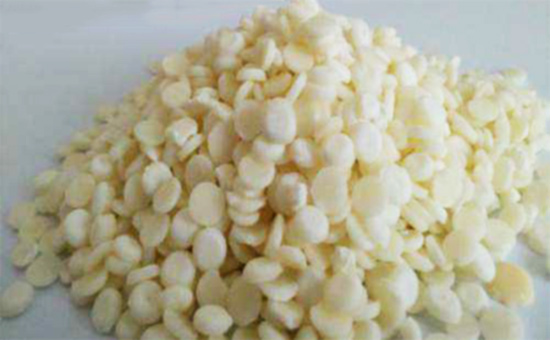
The production of reclaimed rubber products is inseparable from the 'involvement' of plasticizers or plasticizers. It plays an important role in improving the processing of reclaimed rubber products, improving the performance of reclaimed rubber products, and reducing the energy consumption of recycled rubber products. However, there are many types of softeners and plasticizers. If one chooses the wrong product “inadvertently”, how do you avoid this problem and choose soft plasticizers for your recycled rubber products? Recycling rubber manufacturers should master the following two principles when selecting softeners and plasticizers:
1, the principle of similar polarity
Rubber products are divided in polar rubber and non-polar rubber, such as nitrile rubber, neoprene rubber is a typical polar rubber, non-polar rubber, natural rubber, EPDM rubber, butyl rubber, styrene-butadiene rubber, Butadiene rubber, etc.; reclaimed rubber products mainly include latex reclaimed rubber (natural reclaimed rubber), tire reclaimed rubber, butyl reclaimed rubber, nitrile reclaimed rubber, and EPDM reclaimed rubber, retaining most of the molecular structure characteristics of the corresponding original glue. It can also be divided in polar and non-polar. In general, polar regenerative rubbers mostly choose polar softening plasticizers, and nonpolar regenerative rubbers look for non-polar or very small softening plasticizers, which are “similarly compatible”. For example, latex reconstituted rubber and natural rubber structural properties are similar, you can use mineral softeners, nitrile reclaimed rubber is a polar rubber, it is best to use plasticizers such as dibutyl ester, dioctyl ester and so on.
2, similar solubility
When selecting the softening plasticizer used for the reclaimed rubber product, if the solubility of the rubber compound and the softening agent and the plasticizer is very different, the problem of saturation ejection will be caused. From the thermodynamics point of view: the smaller the solubility difference between reclaimed rubber and softening plasticizer, the more similar the solubility, the higher the compatibility, and the smaller the intermolecular cohesion energy between them, which is beneficial to reclaimed rubber and softening plasticizers. The molecular chains of the two are interdiffused to form a stable interfacial structure that is well-mixed and has good compatibility.
Recycling rubber products in the choice of softening plasticizers, based on the above two principles, and then consider the softener, plasticizers and other factors on the performance of reclaimed rubber, choose the most cost-effective softening plasticizer products.
Exclusive original article [commercial authorization] reprint, excerpt and excerpt in any form are prohibited without written authorization. Focus on Hongyun rubber: learn the process formula and raw material technology of producing rubber products from recycled rubber to help you reduce costs and increase profits